|
"I am such a huge fan of you people! I'm stronger and it's obvious. Today, during our session, with Katie's excellent guidance, I was able to kick up the weight levels on several of the machines. It's clear that this makes sense because I'm stronger! Also, over the weekend, I had to be up in rainy Seattle, around the new Google and Amazon buildings. Those locations have very steep inclines and wet surfaces. There are few railings or grab bars around. Last year, I would have had great concern about falling, etc. This time, I still had to be careful but I had NO such concerns about falling. Have a terrific week! Great things are happening."
0 Comments
When I first started Specialty Athletic Training, I envisioned creating an inclusive and supporting community that provided access to fitness to individuals with special needs. A place where differences didn't matter, rather they were celebrated, and exercise was the means of finding the common ground to support each other. We have created that community at each one of the locations that we train at, but we have started to witness it's affect on the greater Portland community as well. Back in July, a player (Jake Gricius) from the Portland Winterhawks came across one of our social media channels and immediately wanted to get the team involved. After some phone calls and emails, we were able to schedule a time for some of the team to come to our Vancouver location, Stephen's Place, and watch our clients in action. I'm going to hit the pause button for a second. For those of you reading that do not know who the Portland Winterhawks are, CLICK HERE. Back to their visit. When given the opportunity and correct environment, exercise has a way of magically breaking down stereotypes and barriers. It happened during this visit and it was amazing to watch the evolution of the relationships being formed. When the guys first arrived, they received a tour of the amazing facility at Stephen's Place. They interacted with the residents and signed autographs. This experience alone would have been a great experience for the young hockey players to increase their awareness of disability and acceptance of others. However, the next part of their visit left a lasting impression that they will remember for the rest of their lives. Although very kind, the players were a little reserved during their initial interactions. That all changed the moment we took them to the weight room. As an athlete, you pour a lot of your soul into the weight room. It becomes your safe haven for self improvement and reinforce lasting relationships with your teammates as they workout beside you. You can walk into a gym and immediately feel at ease because it is a familiar environment. This was apparent immediately when the Winterhawks stepped foot into the fitness center. We walked into the fitness center to show the team some of our clients in action and the rest is history. They immediately relaxed and began joining the adult group that they had come to watch. It was like someone had flipped a switch. They began to support our clients and exercise along with them, as well as giving them assistance and showering them with positive support. They knew exactly what to do when they walked into that room and it was amazing to witness. Athletics and fitness continue to be the common ground that I'm able to use to destigmatize disability and create opportunity. After their visit, our clients and their families had the opportunity to shower the players with their own praise as they attended their match in the Moda Center. Cheering on not only our favorite hockey team, but our new favorite hockey players as well!
As feature in Spectrum Life Magazine Fall 2019 When I first started Specialty Athletic Training, I had no idea the struggle with weight that our youth are having. Sure, we have several clients that come to us wanting to work on their coordination, strength, and endurance. But most parents bring their children to work with us to help with weight management. There are several factors that typically play into the spike in weight gain (eating habits, trouble sleeping, new medications, etc) but there is almost a common underlying theme. Their child doesn’t enjoy being physically active. Physical activity is essential to growth and development in children and adolescents. The global health recommendations state that this population should accumulate 60 minutes of moderate to vigorous exercise a day, however they are currently living a less active lifestyle than in the past. The level of inactivity has been coined by Dr. Steven Blair as “the biggest health problem of the 21st century”. Fewer children are walking or biking to school, there is less unstructured free play, and physical education classes are prime targets during budget cuts. So, what can we do to change this? Set the example and instill healthy habits in our youth. The American adult population is currently setting a terrible example for our youth, so the numbers of their inactivity shouldn’t be a surprise. Our country is battling an obesity epidemic with nearly 40% of the adult population being considered obese which affects 13.7 million of American children. Physical activity is one of the best ways to combat obesity, yet according to the Centers for Disease Control and Prevention (CDC), only 23% of American adults are currently meeting the recommended physical activity guideline of at least 150 minutes of moderate exercise a week. We need to work on whole family lifestyle changes and place an increased focus on children’s activity level in order to reverse the upward trend of adult obesity. But what does that look like and how do we get our children active? I’m so glad that you asked! First, exercise needs to be FUN. It shouldn’t be something that children dread, but rather something that they look forward to doing. Many of our clients have a negative association with exercise and have low self-confidence with their body’s ability. Fitness professionals need to keep this in mind as they create their fitness program for their youth clients.
Children that are overweight or obese will often shy away from traditional youth-based exercise routines because they are typically cardio focused, but they excel when being introduced to resistance training. They can see and feel their improvements over time, which increases their self-confidence and self-esteem. The correct exercises will also work on their fine and gross motor skill movements, which often attribute to their challenges of fitness related activities. Humans (not just children) shy away from things that they are not good at. Failure is seen as negative rather than a positive. Parents need to encourage failure as it is the best learning tool. Let me explain. Many parents will say to me that their child runs awkwardly. When asked how often their child runs, the common answer is, “They don’t because of their awkward running motion.” But how will they ever get better at something if they don’t practice? As parents we need to reinforce our children’s effort, rather than the outcome, especially when they are working on a new challenge. Practicing new skills in a safe and encouraging environment is the best way to fail, which means it’s the best way to learn. Children are little sponges that replicate what they see and hear. We often find ourselves as parents asking, “Where did they hear that word?”, only to remember a time that we may have let it slip. Sound familiar? Actions are no different. We need to be better at living a healthier lifestyle ourselves and being the proper models for our children. Why should we expect our children not to want sweets when they see us indulging our sweet tooth? Why should we expect them to want to go play outside instead of watching TV, when they see us binge watching Netflix after work? The best way to change our children’s habits is by changing your own. Include your children in your own fitness journey and show them how important exercise is to you. Are you going to be perfect? Nope. Will you have setbacks? Yep. And that is ok! Your children need to see that too and they way that you get back on track. Remember that they are always watching. Provide the positive health example that they need. Published by The Mighty 9/11/2019 If your partner is having a rough day, what do you do to brighten it? You might swing by the store and grab some their favorite flowers for a thoughtful surprise. Maybe you decide to take them out on a date and help them clear their head of whatever has been bothering them that day. For me, I throw on an Amy Schumer movie or Netflix special and know that it will bring a smile to my wife's face. Amy Schumer is my wife's favorite comedian and has an uncanny ability to make her laugh really hard. Like deep belly laugh, tears flowing hard. She also just so happened to be pregnant at the same time as my wife, Mary. Mary was having a rough pregnancy day (the ones where her hormones were racing AND the baby wouldn't stop trying to make more room in their crowded uterus suite) so we cuddled up on the couch and turned on "Growing", Amy Schumer's Netflix special. Little did I know that by watching it, I would find out that Mary wasn't the only one that had something in common with Amy and that I did as well. Our love for autism. During the show, Amy opens up a little bit about her personal life. She talks about her pregnancy and being recently married. She also shines light on an unexpected topic, her love for autism. "And once he was diagnosed, it dawned on me how funny it was because all of the characteristics that make it clear that he's on the spectrum are all of the reasons that I fell madly in love with him." Schumer discusses how her husband is the "dream man". His lacks awareness of social norms, is apologetically blunt, and is unable to lie. These are all of the characteristics that led her to fall in love with him. When I first started working in the field of autism back in 2007, the boy that I was working with shared many of these same characteristics. He was blunt, unable to lie, and often experienced the world differently than myself. He had not developed the social filter and was unaware of social norms. My experience working with him was life changing and inspired me to create Specialty Athletic Training in 2012. Specialty Athletic Training was created to provide access to healthy living to individuals with special needs. I saw the need to serve this community and provide personal training services that were individualized to their needs. But it was also created selfishly for myself because of the joy it brought me working with them. I loved the bluntness of Benjamin (the inspiration behind Specialty Athletic Training). If I had a tuna sandwich for lunch, you better believe he'd let me know that my breath smelled bad. If I was trying to break the silence during a long car ride, he'd reinforce the fact that he wanted silent time. He would say what was on his mind and I found how much easier it made communication.
But I also fell in love with his heart, which is what I have found to be the common denominator in all the children and adults that we have the opportunity to work with. They are the most genuine and caring people that you will have a chance to interact with. In a world that can be often filled with chaos and darkness, they are a positive light and teach me daily how to love life and what is really important. Author B.J. Neblett said that, "We are the sum total of our experiences. (They) make us the person we are, at any given point in our lives. And, like a flowing river, those same experiences, and those yet to come, continue to influence and reshape the person we are, and the person we become. None of us are the same as we were yesterday, nor will be tomorrow." Because of Benjamin and all of the other people that I have had the opportunity to work with since creating Specialty Athletic Training, I am a much better person from the sum of those experiences and am glad that they will continue to influence and reshape me for the years to come. Patrick has been a staple of the Lewis & Clark College community since 2003, the first year that I stepped on campus for my Freshman season on the Pioneer football team.🏈 Patrick has made several "homies" over the years at L&C, me being one of them. Today he made another one, Rory.
We're looking forward to watching their bond grow over the years and eagerly waiting to see the dance moves that Patrick will be teaching Rory in the very near future! Congratulations to founder Ryan Lockard for recently joining the Autism Society of America's board of directors!
Autism Society of America has been improving the lives of all affected by autism for over 50 years and envisions a world where individuals and families living with autism are able to maximize their quality of life, are treated with the highest level of dignity, and live in a society in which their talents and skills are appreciated and valued. They provide advocacy, education, information and referral, support, and community at national, state and local levels through their strong nationwide network of Affiliates. Ryan previously served six years on the board of directors for his local affiliate, the Autism Society of Oregon. Too often limits are placed on children with special needs or expectations for them are set lower than their peers. Exercise is no exception. I get asked frequently if children with special needs can workout. The answer is, ABSOLUTELY! There is no denying that we are battling an obesity epidemic here in the United States. Did you know that 20% of American children are obese? Or that children with disabilities are 38% more likely to be obese compared to their peers? These stats are from the Centers of Disease Control and Prevention and unfortunately are reflected of data from 2015-2016. I can assure you that those numbers have only gotten worse since then, especially with the reduced amount of exercise in schools and general poor nutrition of the typical American diet.
We often get asked if a child is too young for our program. The answer is always, "No". Movement is vital during all stages of life, as is placing an emphasis on making fitness fun! Many of the workouts we do with our clients are not complex or different than the training programs for their neurotypical peers, rather they are very similar if not exactly the same. What is the difference then? Our approach. Many of our clients have had a negative experience with exercise or sports in the past, but we make it a priority to create a fun and safe environment for them to be successful. A child can gain an invaluable amount of confidence from exercising that will transfer to all areas of their life, if done properly. Exercise has a very unique way of building self esteem and self confidence that is hard to find in other aspects of life. This is why I will always advocate for movement and exercise for ALL children and why we need to turn our thinking to changing our school structure to provide it. The future is the children of our country, and they need more movement or our obesity numbers will continue on the upward trend. Children with special needs are no different and need to be included in the movement! "It depends." This is our most common answer when asked about recommendations for training a client with a disability.
"How many sets and reps should we do?" It depends. " What exercises should we have them do?" It depends. "Do they learn best with verbal, visual, or physical prompts?" It depends. Training this population is no different than training any other. You have to take into consideration their exercise history, their needs, and their goals to properly design a program for them. Every person is unique and their training program should be too. How do we train and select the exercises that we use with our clients? It depends. Are you an athlete that is trying to improve their athleticism? Are you someone that is trying to improve their overall fitness? The front squat is our favorite squat variation for athletes and general population clientele. Here is one of our trainers demonstrating what it looks like using a barbell, but you could also use a dumbbell, kettlebell, or medicine ball to do the same exercise. For more variations, make sure to check out our YouTube channel! 1) To begin place the bar on the rack approximately armpit height.
2) Grasp the bar with closed pronated grip, slightly wider than shoulder-width apart. 3) Begin to rotate arms under and around the bar so that the bar is placed slightly below shoulders. 4) Keep elbows lifted up and forward, wrists should be hyperextended. 5) Lift bar away from rack, take one step backwards. Position feet shoulder width apart. 6) Starting downward movement of the squat, begin descending toward the floor like you are going to sit on a chair. 7) After thighs are parallel to the floor, start the upward movement by pushing up through your feet until back at starting position. 8) Step forward and rack the bar after recommended repetitions are complete. 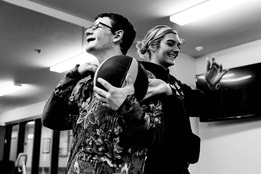 Looking for a healthy dinner for you to enjoy with your family? JaCee has taken out all of the hassle and made it easy for you by providing step by step instructions. Give the Turkey Taco Bowls a try and let us know what you think! Turkey Taco bowls for 6:
Grocery list:
Instructions how to cook dinner:
|
About the AuthorRyan Lockard, CSCS*D, CSPS*D is the Founder and CEO of Specialty Athletic Training. He is accredited by the National Strength and Conditioning Association (NSCA) as a Certified Strength and Conditioning Specialist and a Certified Special Populations Specialist. Lockard is a member of the board of directors for the Autism Society of America and the advisory board for the NSCA Oregon chapter.
Archives
November 2023
|
e. info@specialtyathletictraining.com
© COPYRIGHT 2023. ALL RIGHTS RESERVED.
© COPYRIGHT 2023. ALL RIGHTS RESERVED.

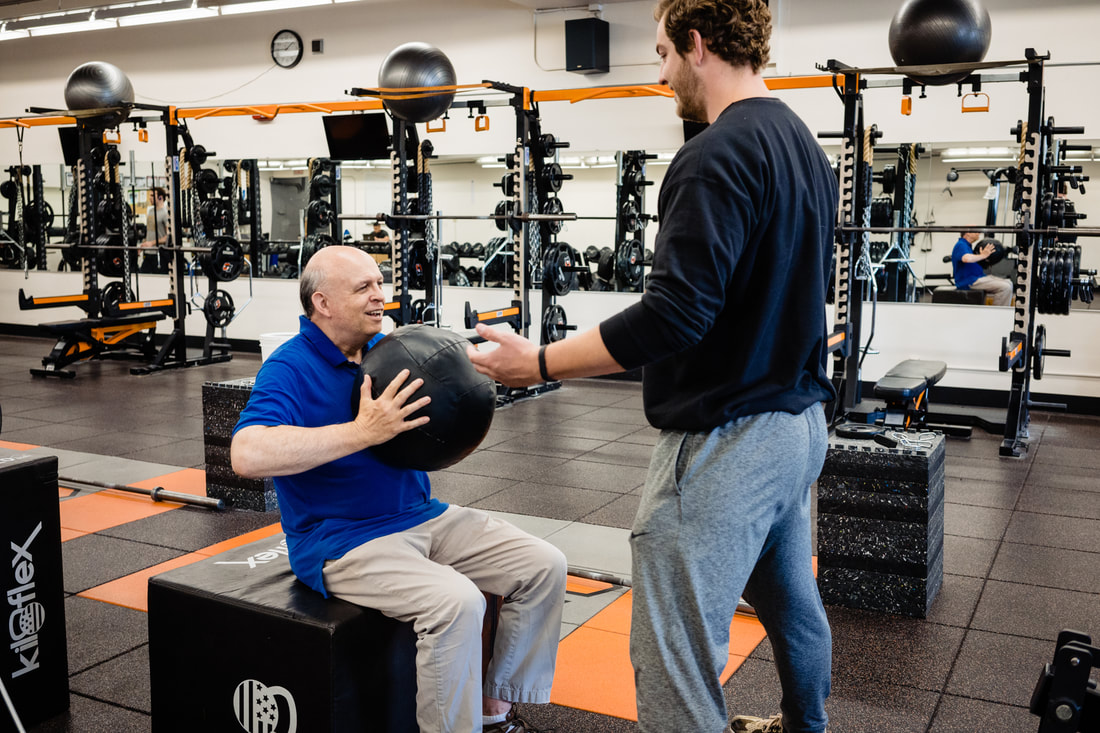
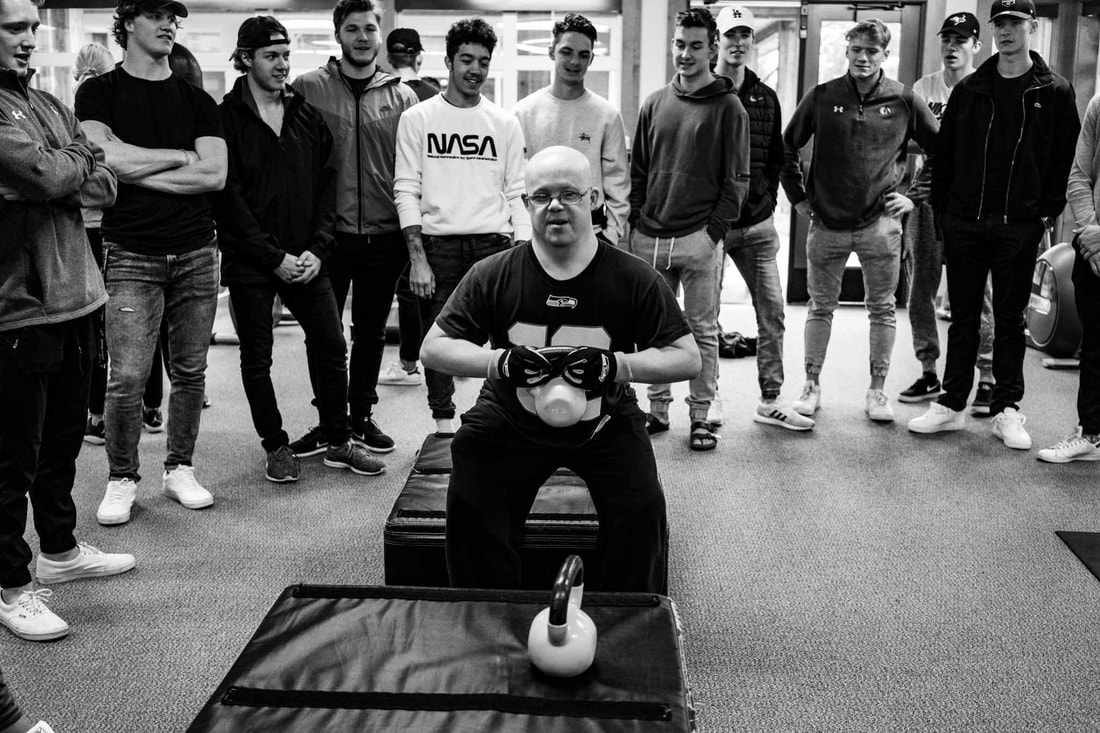
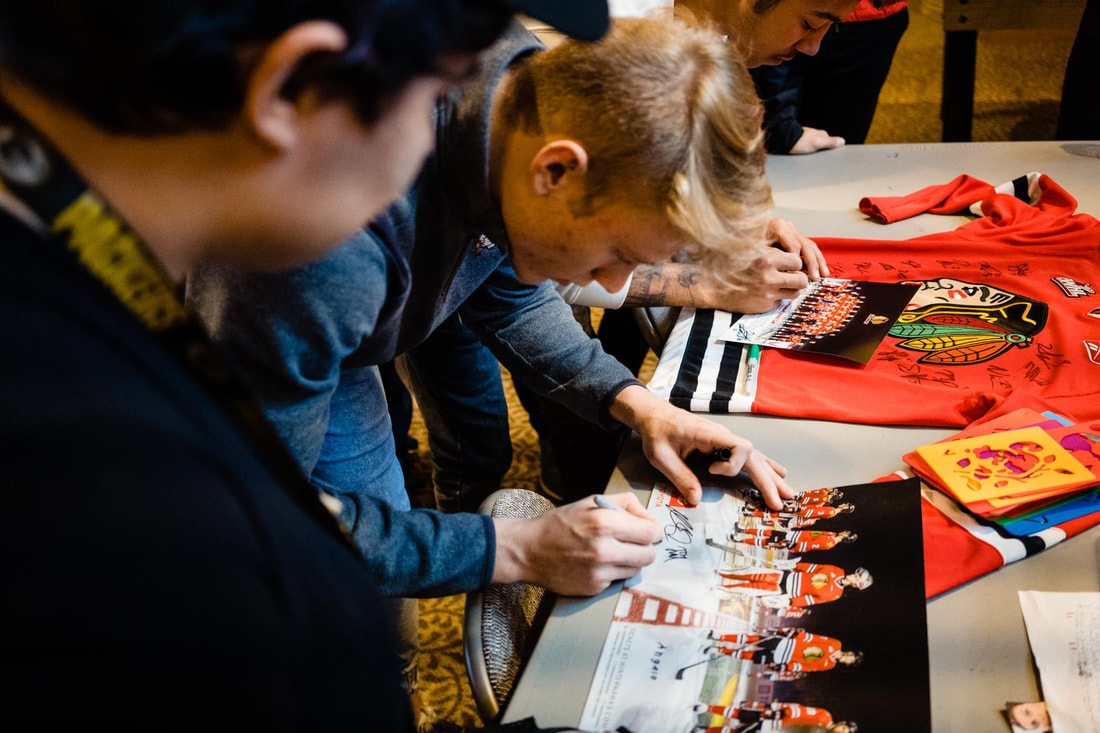
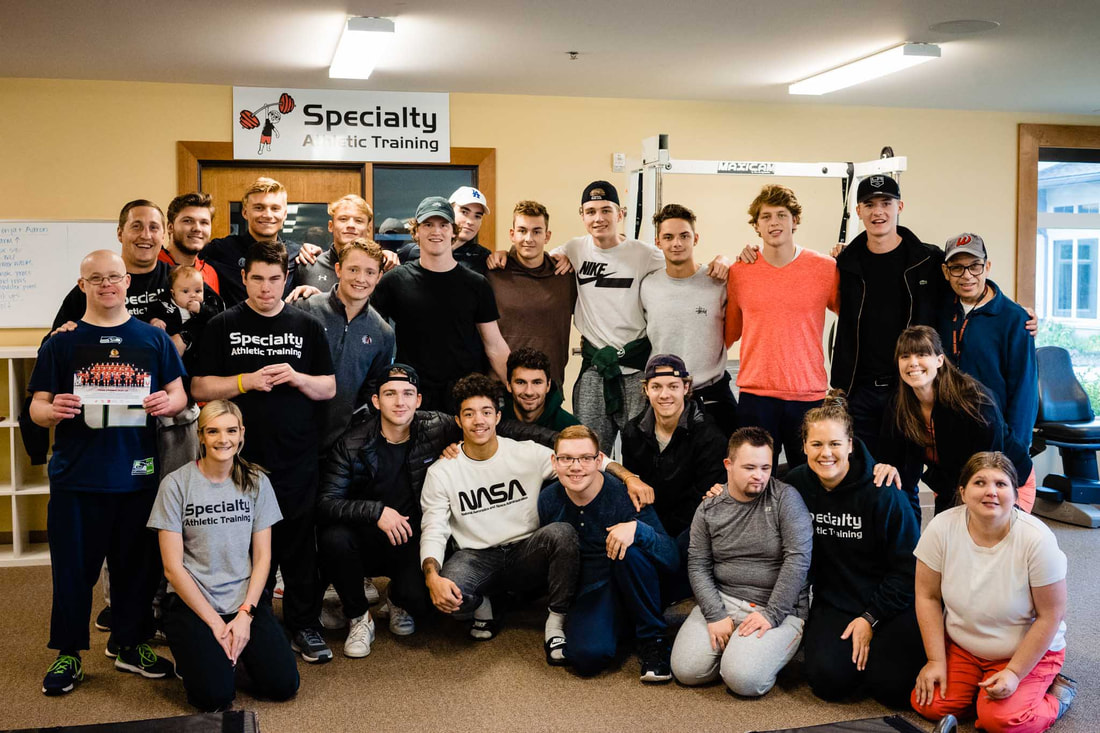
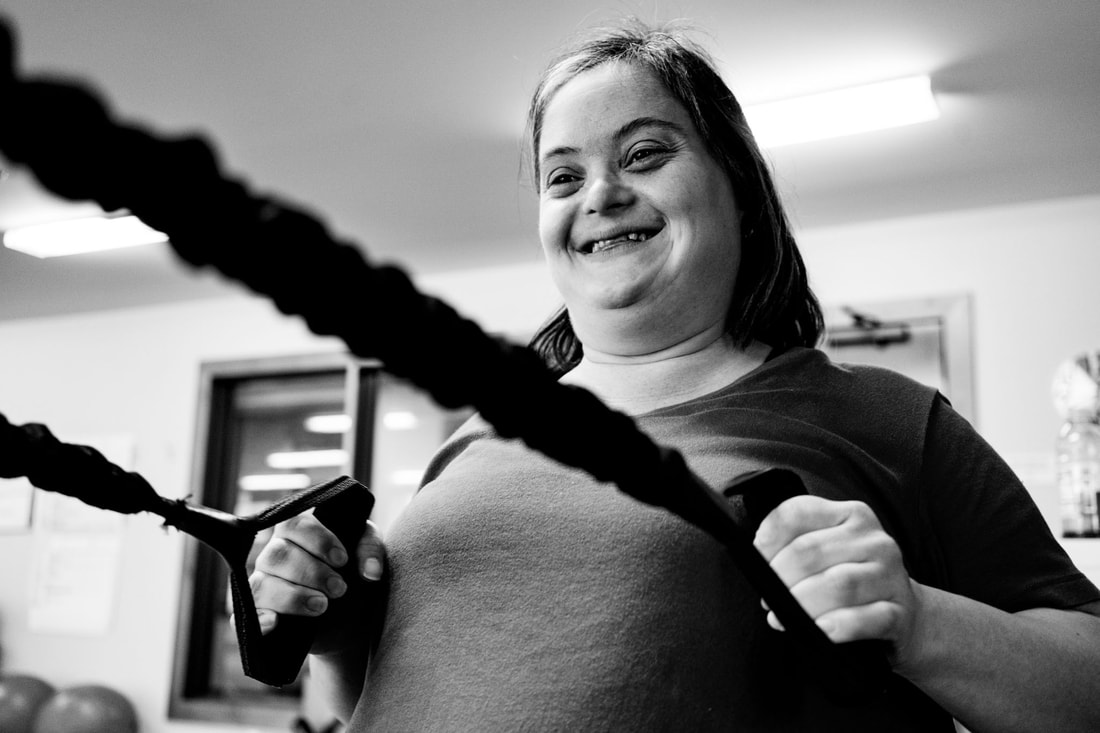
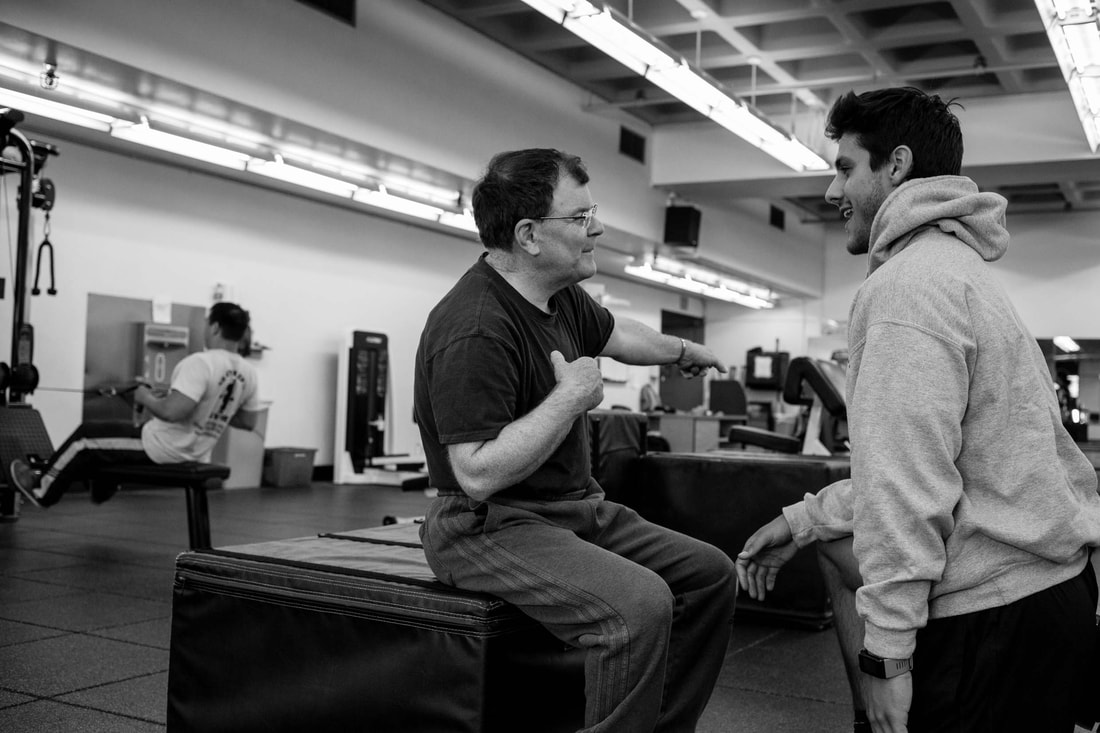
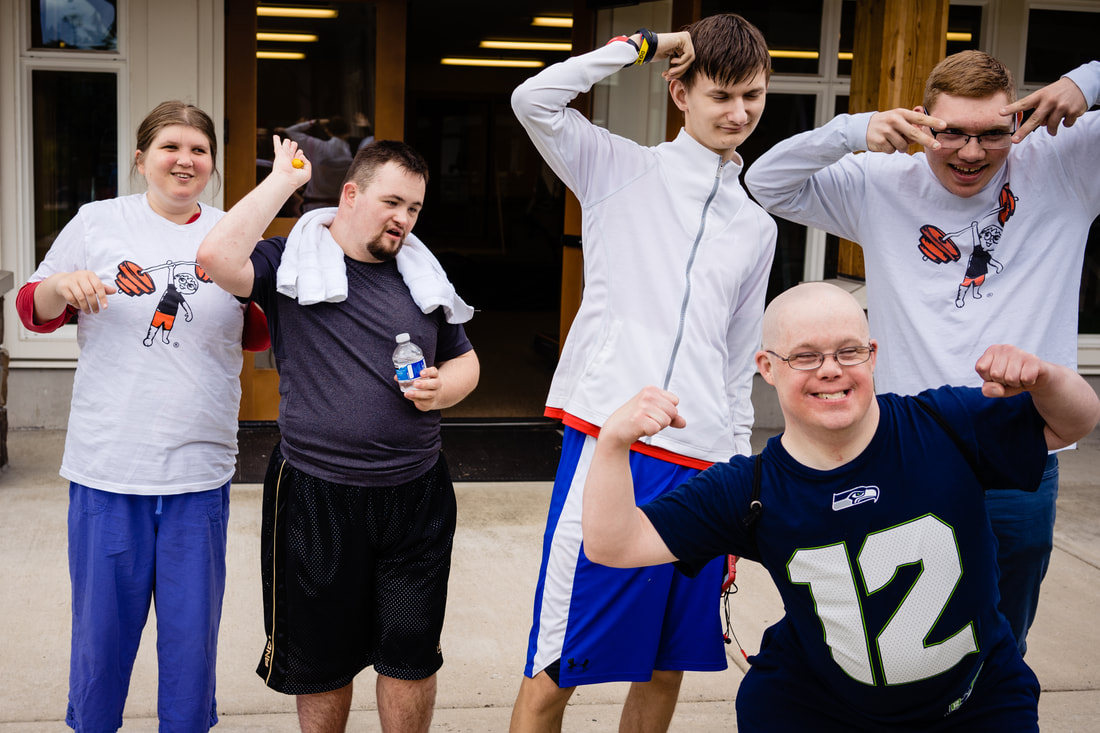
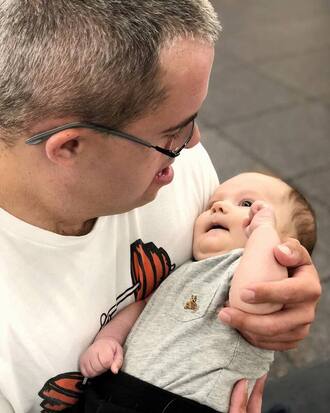
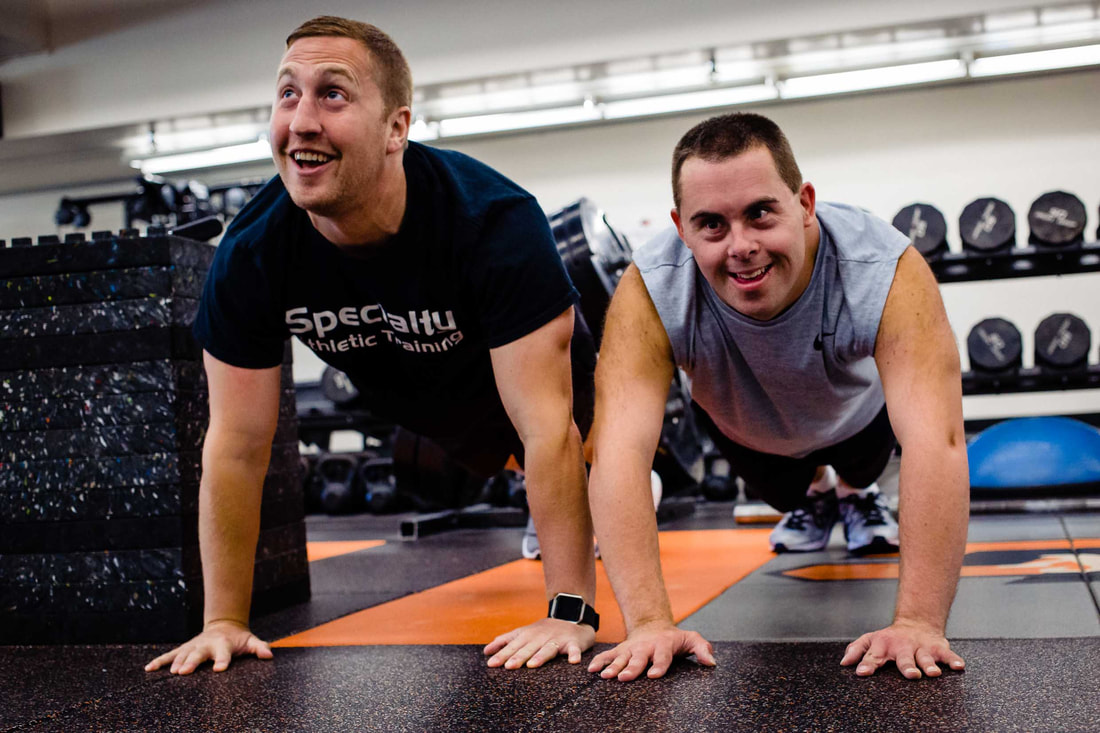
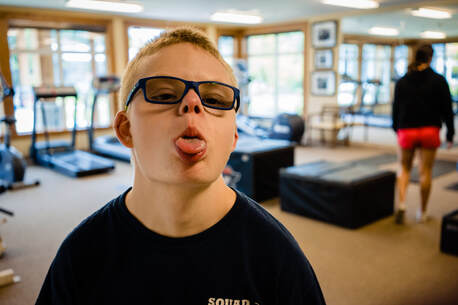
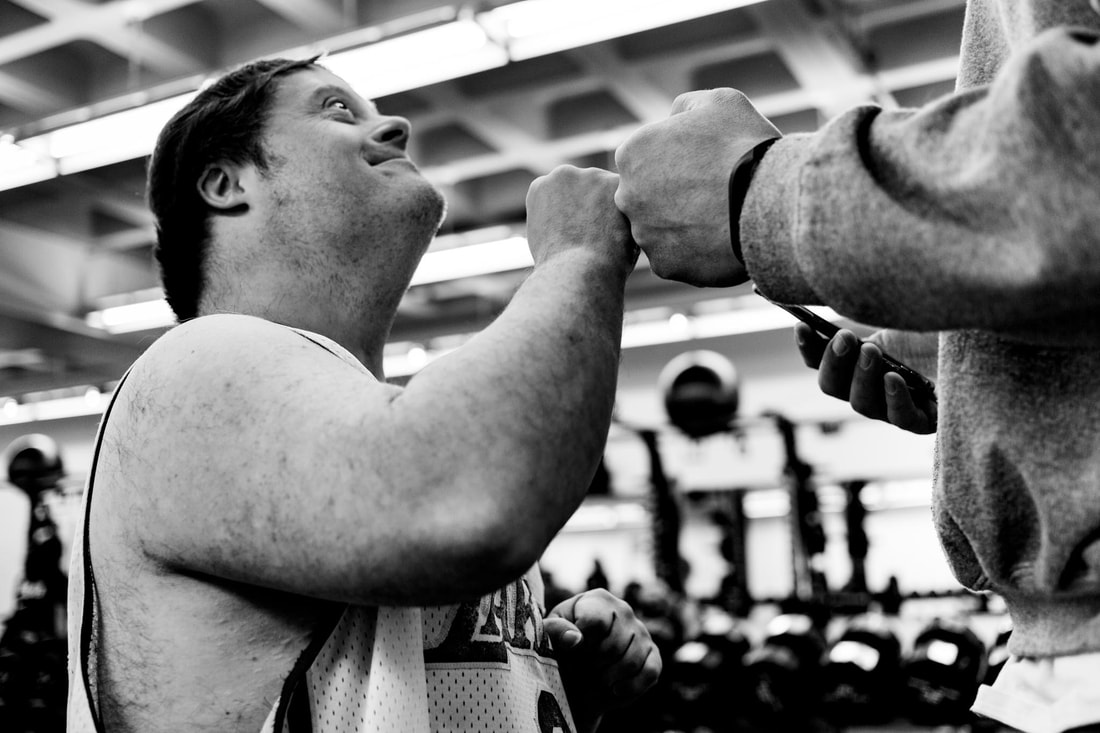
 RSS Feed
RSS Feed